Breaking Streetwear Barriers: Hip-Hop's First Luxury Fashion Designer
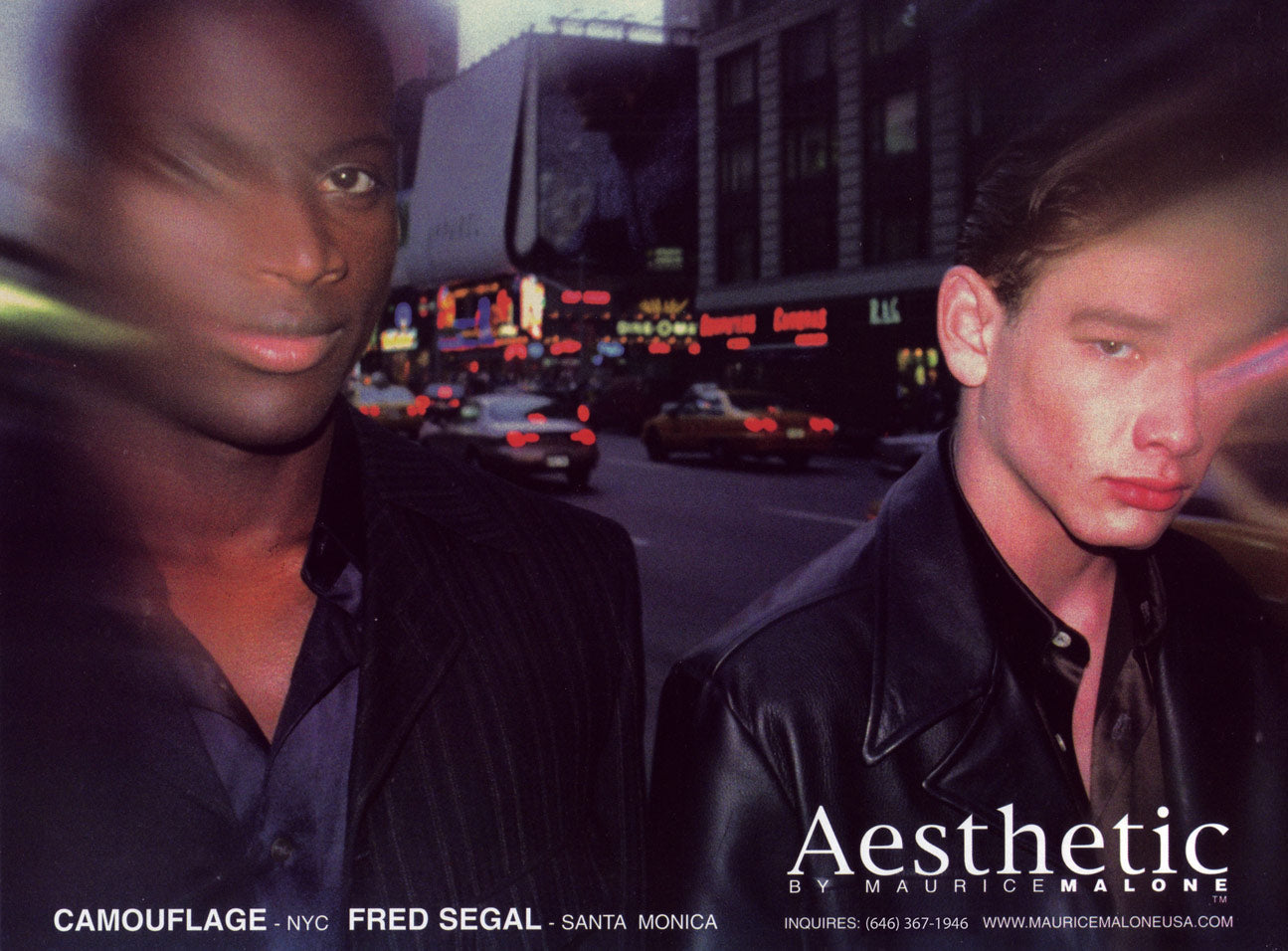
This Black History Month, our blog revisits a pivotal moment from Maurice Malone's early career with a retrospective of clips from his 1998 Spring/Summer runway show, presented in the fall of 1997—his third season showing at New York Fashion Week. Before icons like Pharrell Williams, Virgil Abloh, and Sean "P. Diddy" Combs famously merged hip-hop with high fashion, Maurice Malone was pioneering this integration. His collection showcased a blend of urban-inspired sportswear and sophisticated tailored clothing, setting a new standard for versatility and sophistication in fashion.
Maurice Malone, alongside contemporaries such as Fubu and Marc Ecko, first made a significant impact at New York Fashion Week in 1996, introducing their 1997 collections. However, it was Malone who truly marked hip-hop's entry into high fashion. Unlike others who concentrated solely on urban streetwear, Maurice presented two distinct shows; one featured refined, sober tailored suits that were sold in the designer sections of prestigious department stores like Fred Segal, Stanley Korshak, Bloomingdale's, and Saks Fifth Avenue—a first for hip-hop-influenced fashion.

By Amy M. Spindler
It’s difficult not to respect Maurice Malone, who shunned the normal route for fashion designers of starting with serious suits and then faking an affinity with streetwear. Mr. Malone began with jeans and hip-hop overalls and has worked his way up to strong, sober pinstriped suits for his Aesthetic collection, styled out of the Harlem Renaissance.
In 1997, a crucial year for Maurice, he was nominated for the Perry Ellis Award for New Menswear Designers at the CFDA, an accolade that positioned him alongside traditional luxury fashion designers like Marc Jacobs and Sandy Dalal. This nomination highlighted his innovative contributions to the fashion world.
By the late 1990s, even figures such as Sean "P. Diddy" Combs were elevating the spectacle with elaborate runway shows and clinching accolades like the CFDA's New Menswear Designer of the Year Award, an honor for which Maurice had been a contender earlier in 1997. His nominations and runway presentations during this period were critical in transforming perceptions of hip-hop fashion, proving it could achieve both depth and high-end sophistication.

Titled "Let the World Beware," the 1997 ad captures the essence of Maurice Malone's vision as the first hip-hop fashion designer to integrate streetwear with luxury fashion.
While the legendary Dapper Dan, known as the "godfather of hip-hop fashion," became famous for integrating high-end logos into custom pieces for hip-hop artists, Maurice Malone was the first to merge streetwear with luxury fashion under his own brand. This strategic move not only challenged prevailing attitudes in the fashion industry, which often viewed hip-hop skeptically, but also demonstrated that streetwear could possess both authenticity and high-fashion appeal.
While Maurice Malone may not have engaged in the extensive marketing strategies that propelled many celebrity-driven brands, his influence on the fashion industry is profound. Focused more on the art than the spectacle, Maurice integrated hip-hop and streetwear with luxury fashion, setting a foundation that many contemporary designers have built upon. His dedication to craftsmanship and innovation over celebrity endorsements has meant that while his name might not be as frequently mentioned in today's media discussions, his impact resonates deeply within the fabric of fashion history. Maurice Malone's legacy is that of a visionary who reshaped the narrative of fashion, paving the way for future generations and establishing a legacy that transcends the conventional celebrity-driven brand.



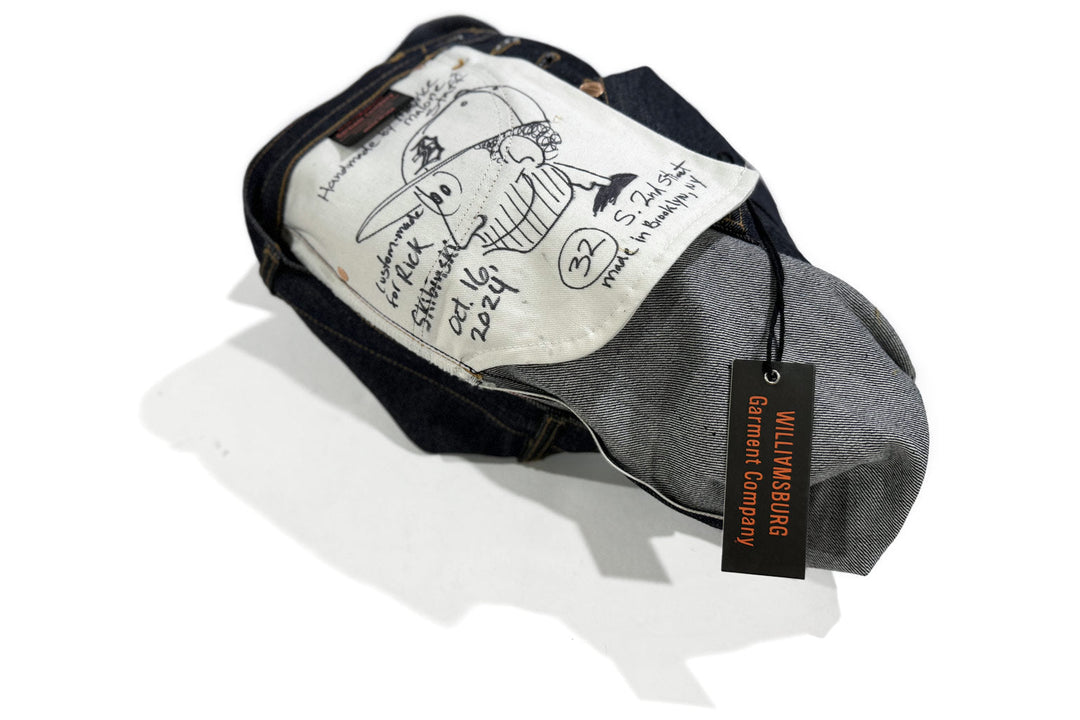
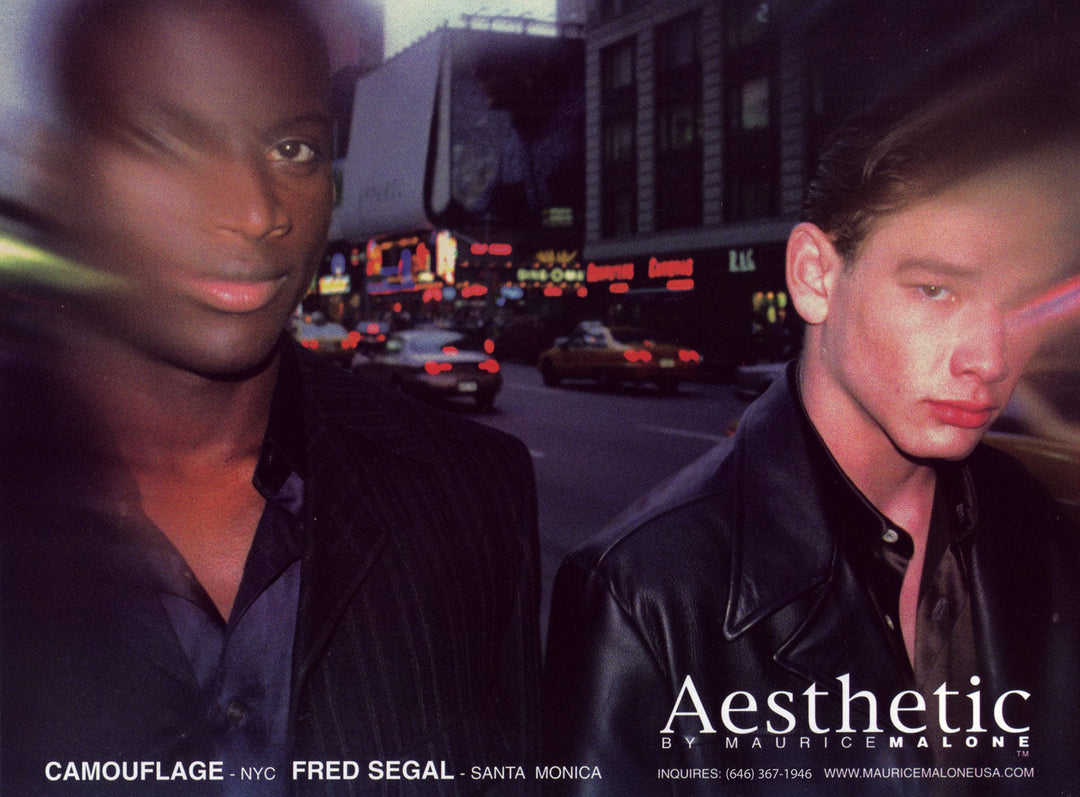
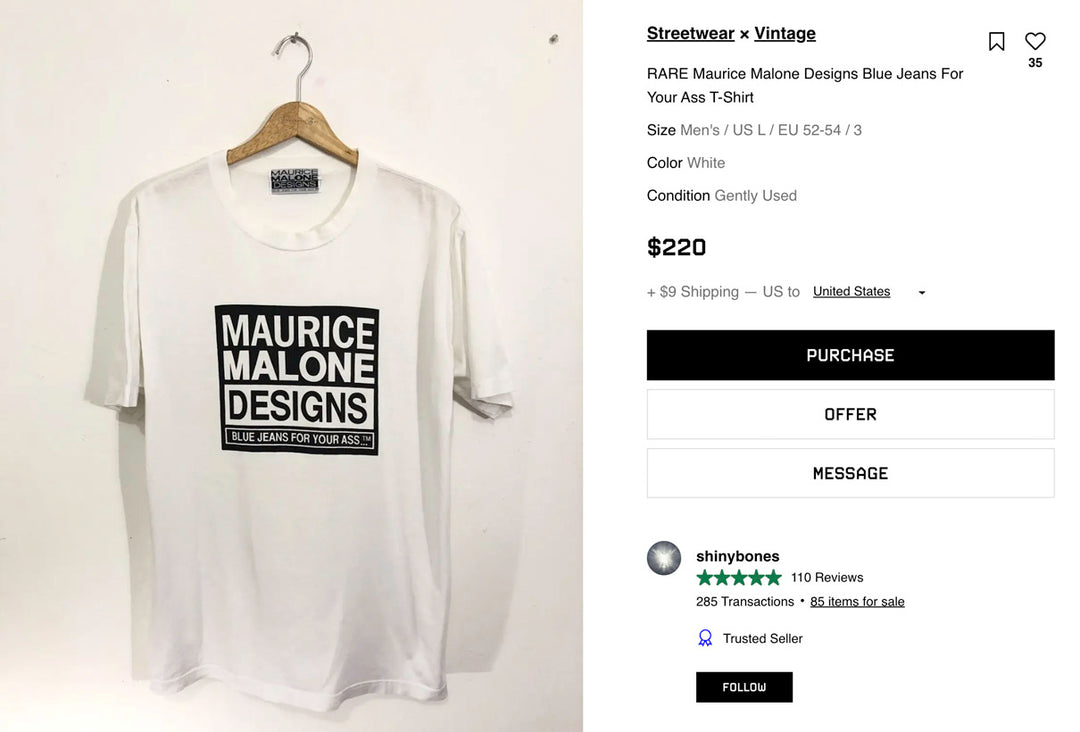
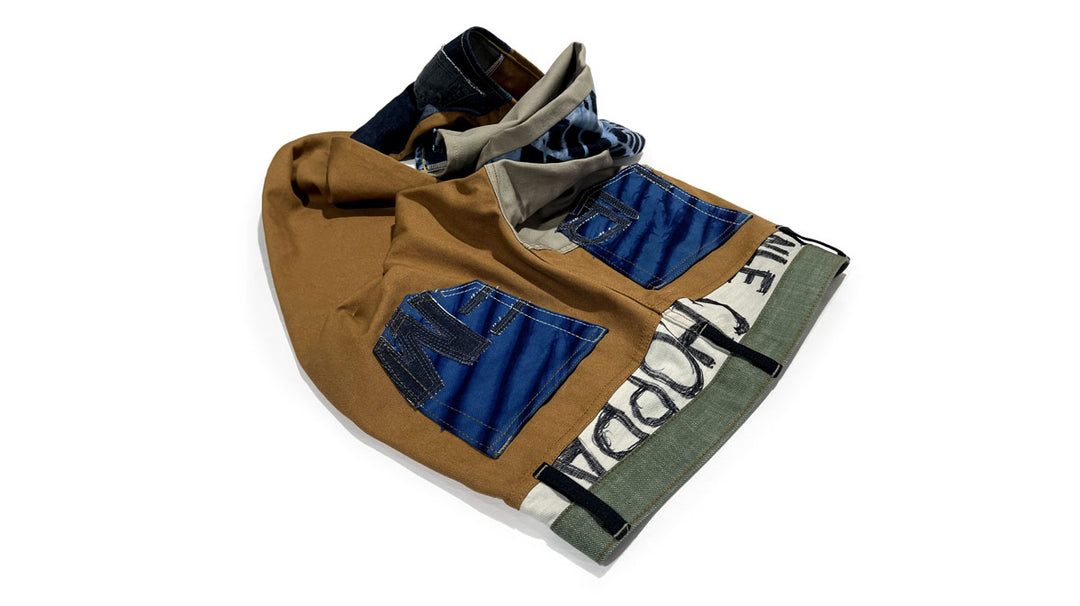
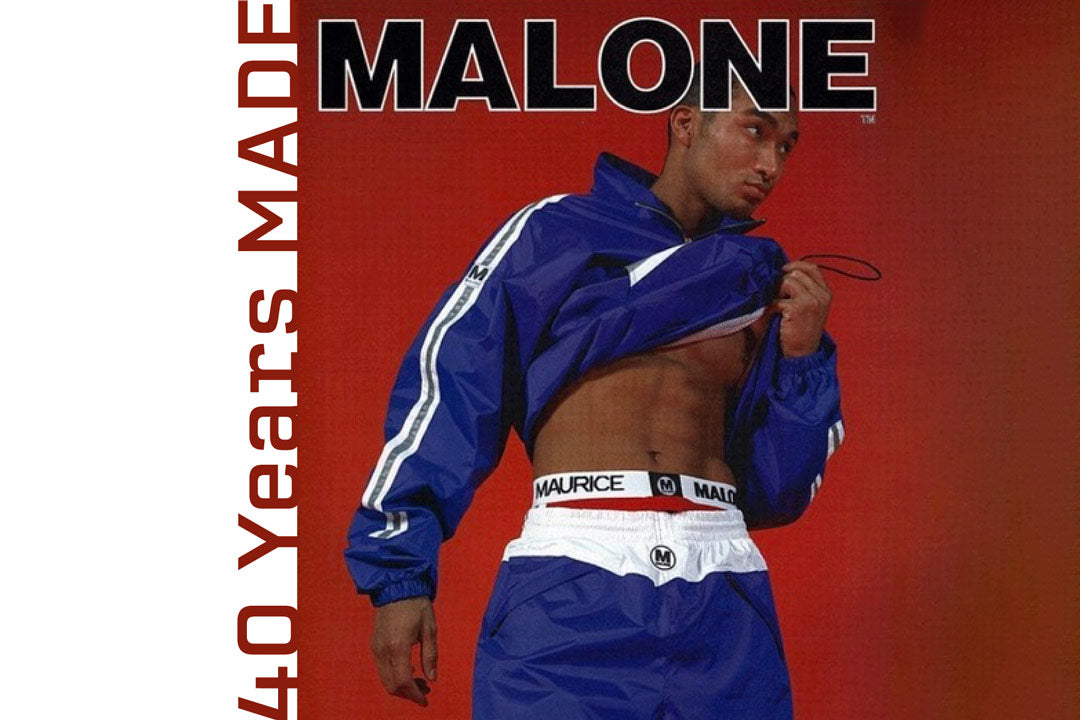
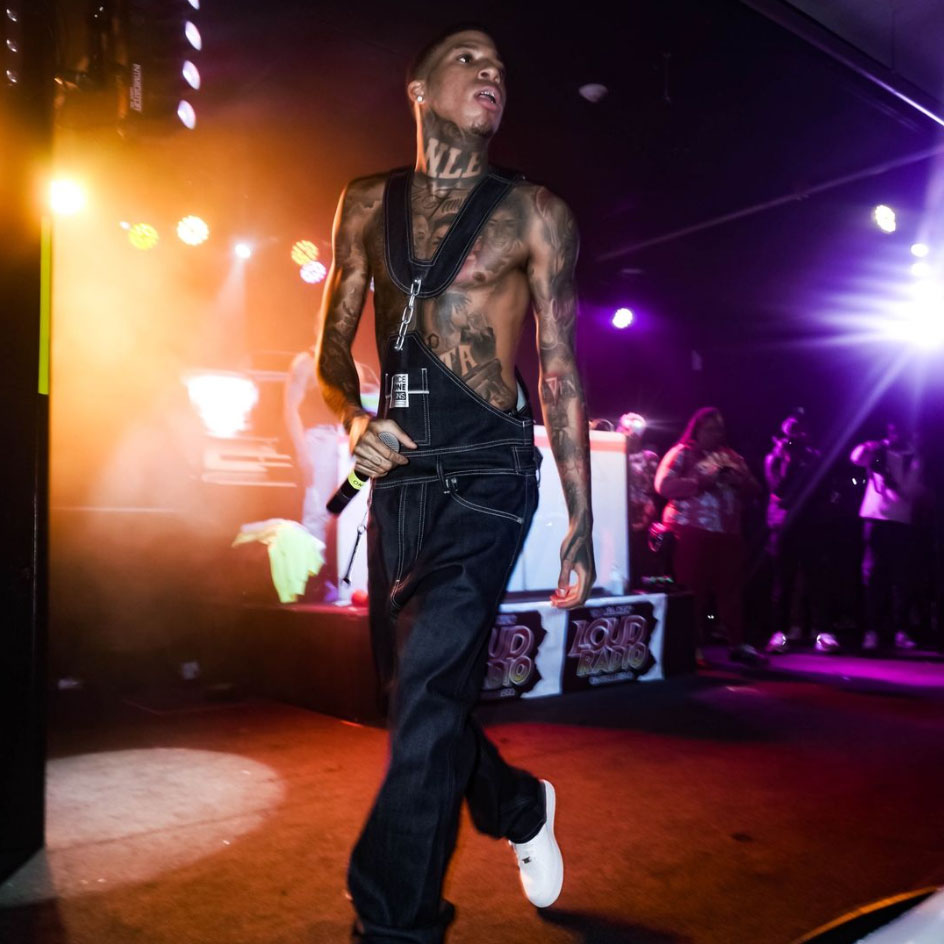
Leave a comment